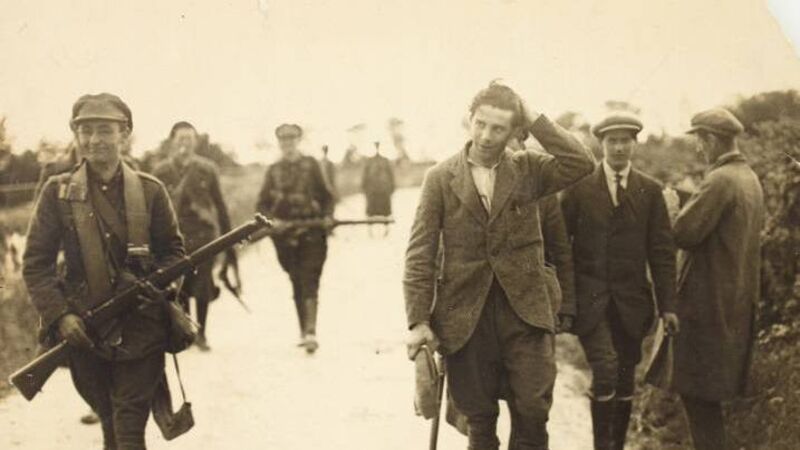Irish Civil War: ‘Rather gruesome to talk of’ — Why the conflict in Kerry was so bitter and divisive

Anti-Treaty IRA prisoner being escorted by National Army troops patrolling the Kerry-Limerick border area in 1922. Picture: National Library of Ireland














